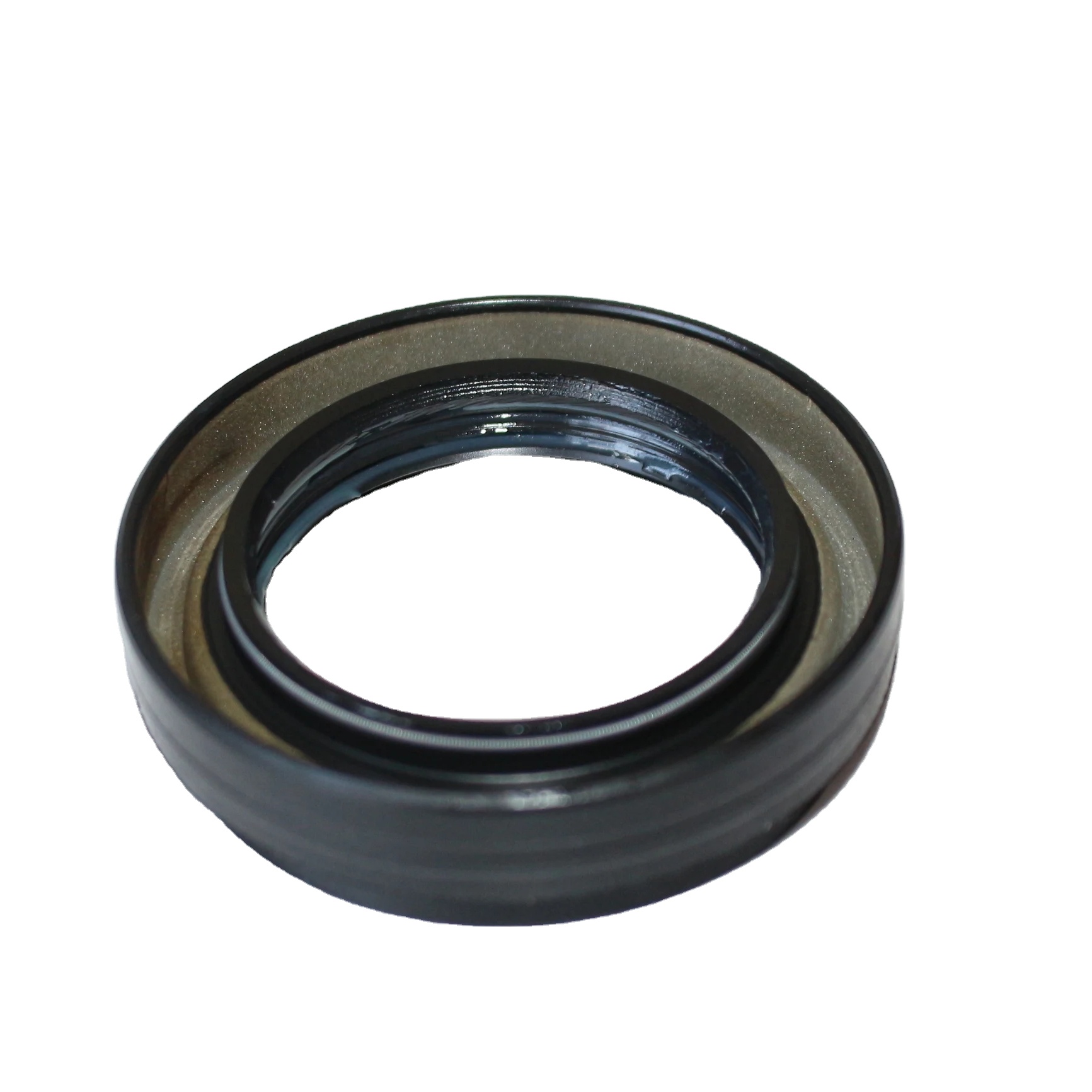crankshaft oil seal front
Crankshaft Oil Seal Understanding Its Importance and Maintenance
The crankshaft oil seal, often found at the front of the engine, plays a crucial role in ensuring the engine operates smoothly and efficiently. This small yet vital component serves as a barrier between the crankshaft and the engine's exterior, preventing oil leakage while also protecting the engine from contaminants. Understanding the crankshaft oil seal's functions, types, signs of wear, and maintenance can significantly enhance the longevity and performance of your engine.
What is a Crankshaft Oil Seal?
The crankshaft, a key part of the engine, converts the linear motion of the pistons into rotational motion. As the crankshaft rotates, it requires a reliable oil seal to maintain proper lubrication and prevent oil from leaking out. The crankshaft oil seal is typically made of rubber or a similar material designed to withstand high temperatures and pressures. It is positioned at the front of the crankshaft, sealing the oil that circulates within the engine.
Functions of the Crankshaft Oil Seal
1. Oil Retention The primary function of the crankshaft oil seal is to keep the engine oil contained within the engine. This oil not only lubricates moving parts but also helps to cool the engine.
2. Contaminant Protection In addition to retaining oil, the seal prevents dirt, dust, and other contaminants from entering the engine. This is essential for protecting sensitive engine components and ensuring optimal performance.
3. Pressure Regulation The crankshaft oil seal also aids in maintaining the proper pressure within the engine. Any leaks can lead to a drop in oil pressure, causing potential damage to the engine over time.
Types of Crankshaft Oil Seals
Crankshaft oil seals come in various types depending on the design of the engine. The most common types include
1. Single Lip Seals These seals consist of one lip that makes contact with the crankshaft. They are suitable for low-pressure applications.
2. Double Lip Seals Featuring an additional lip, these seals provide enhanced oil retention and better protection against contaminants. They are often used in more demanding engine environments.
crankshaft oil seal front

Signs of a Failing Crankshaft Oil Seal
Over time, crankshaft oil seals can wear out due to exposure to heat, pressure, and oil degradation. Here are some common signs indicating that an oil seal may need replacement
1. Oil Leaks The most obvious sign of a failing oil seal is the presence of oil leaks. If you notice oil pooling under your vehicle or dripping from the front of the engine, it's time to inspect the oil seal.
2. Engine Performance Issues A drop in oil pressure can affect engine performance. If the oil seal is compromised, it may lead to insufficient lubrication, causing the engine to run poorly.
3. Oil Contamination If the engine oil appears dirty or gritty, it may indicate that contaminants are entering the engine due to a damaged seal.
Maintenance and Care
Maintaining the crankshaft oil seal is vital for ensuring prolonged engine life. Regular inspections during routine oil changes can help identify potential issues before they become significant problems. Here are some maintenance tips
1. Regular Oil Changes Keeping the engine oil fresh reduces the risk of wear on the oil seal and other engine components.
2. Visual Inspections Regularly check for visible oil leaks, especially around the crankshaft area. If you spot any signs of oil leakage, have it inspected promptly.
3. Professional Servicing If you are unsure about the condition of your crankshaft oil seal or notice any performance issues, consult a professional mechanic. They can perform a thorough inspection and replace the seal if necessary.
Conclusion
The crankshaft oil seal may be small, but its impact on engine performance is significant. By understanding its functions and keeping an eye out for signs of wear, vehicle owners can take proactive steps to maintain their engines. Regular maintenance and timely replacement of the oil seal can prevent leaks, protect engine components, and ensure that the engine runs smoothly for years to come. Whether you're a seasoned car enthusiast or a casual driver, recognizing the importance of the crankshaft oil seal is essential for optimal vehicle performance.
-
Understanding the Front Main Engine Seal: Purpose, Maintenance, and Installation
News Jul.29,2025
-
Understanding O-Rings and Seal Rings: Types, Applications, and Custom Solutions
News Jul.29,2025
-
Understanding Crankshaft Oil Seals: Rear Seals, Pulley Seals, and Their Role in Engine Integrity
News Jul.29,2025
-
The Importance of Front and Rear Crankshaft Seals in Engine Performance and Oil Management
News Jul.29,2025
-
Crank Oil Seals: Functions, Types, and Cost Considerations in Engine Maintenance
News Jul.29,2025
-
A Comprehensive Guide to O-Rings and Seals: Types, Materials, and Global Applications
News Jul.29,2025
-
Mastering Diesel and Performance Engine Maintenance: A Guide to Critical Oil Gaskets
News Jul.28,2025
Products categories















